Are Huakui coffee beans and Rosa the same variety? What is the coffee native to Ethiopia?
For the old gluttons who drink boutique coffee, Sakui coffee must be no stranger. When Huakui Coffee was born, it could compete with Rose Summer. But for many freshmen, Huakui and Rosa Coffee beans are easy to get confused, so Qianjie Coffee will teach you to distinguish between Huakui Coffee beans and Rosa Coffee beans. Why does Sakura Coffee have anything to do with Rosa Coffee? it all started in 2017, when Rose Xia Coffee had been famous all over the world for decades, and there was no concept of Sakui Coffee at that time. In the 2017 toh Raw Bean Competition, a sun-dried coffee bean from Humbera from DW won the championship. Originally, this is not a big deal, after all, there will be champions every year.
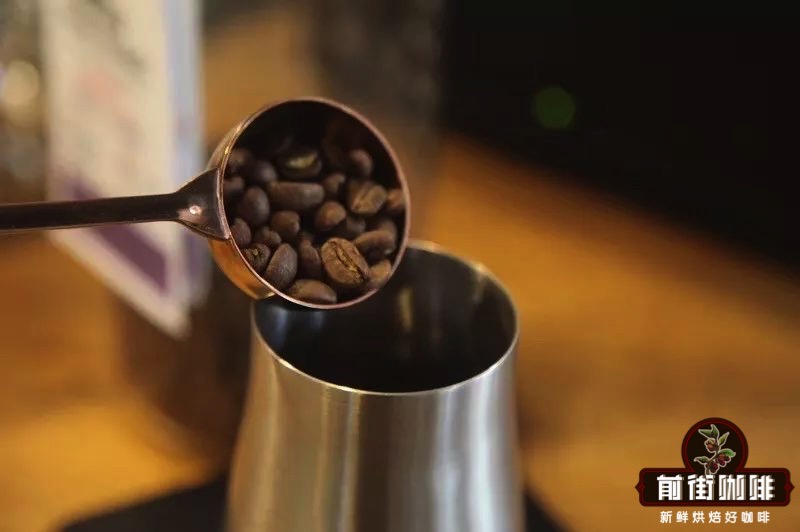
But the key is that in the final of the World Coffee Brewing Competition in China, Li Jianfei used this coffee bean to win the runner-up, while the rosy summer coffee was widely used by the contestants competing with him. As a result, there is a better coffee bean than Rosa, the news shocked the entire coffee circle, you know, at that time, the default Rosa coffee is the best variety. Now that there is such a bean comparable to rose summer coffee, there must be a name comparable to rose summer coffee, which is spelled "gesha/geisha" in English. Because the Japanese word for geisha is similar, Hong Kong, Macao and Taiwan will also call rose summer coffee a geisha coffee. Then the best geisha is called "Sakuran", which means the head of a geisha. It is exactly in line with the results of that competition, so the 2017 TOH sunburn champion beans are also known as "Huakui coffee beans" in China. The connection between Huakui coffee beans and Rosa coffee beans is only here.
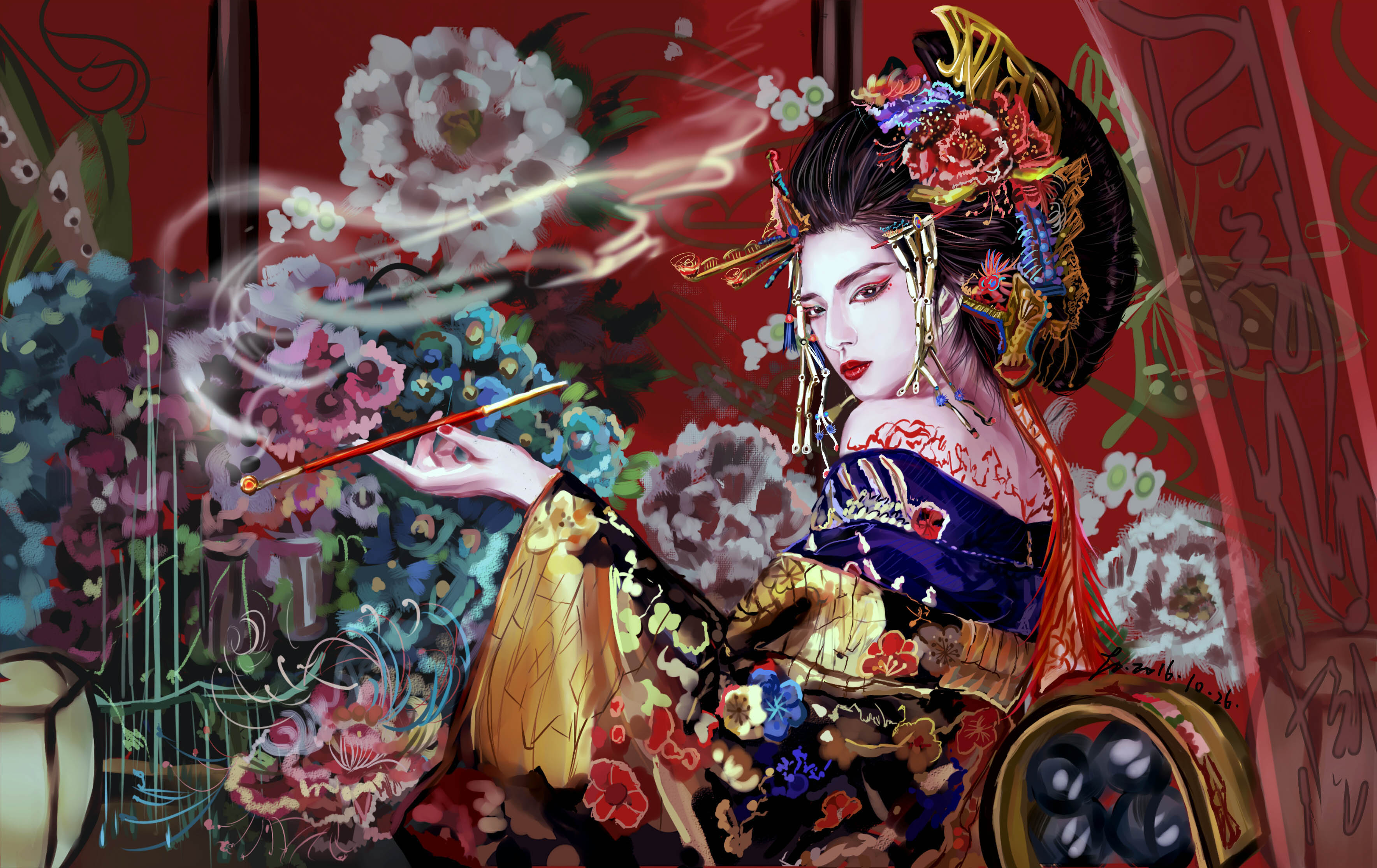
Why is Gesha called Rosa Coffee in China? Around 2006, Mr. Yuan of Ka Lu Meng Coffee imported Panamanian Gesha to China for the first time, with various explosive flavors of flowers and fruits, but he never had a Chinese name. Mr. Yuan named Gesha "Rose Summer", translated by Xinda Ya, which is still in use today. Rosa coffee beans come from the Cafa forest in Ethiopia. In 1931, an Englishman collected coffee beans in the forests of Mount Rosa in southwestern Ethiopia and exported them to Kenya in 1932. It was introduced to Uganda and Tanzania in 1936 and Costa Rica in 1953, while Panama was introduced from CATIE in Costa Rica by Mr. Francesca Serraxin of Dongba Seven Farm Garden in the 1970s.
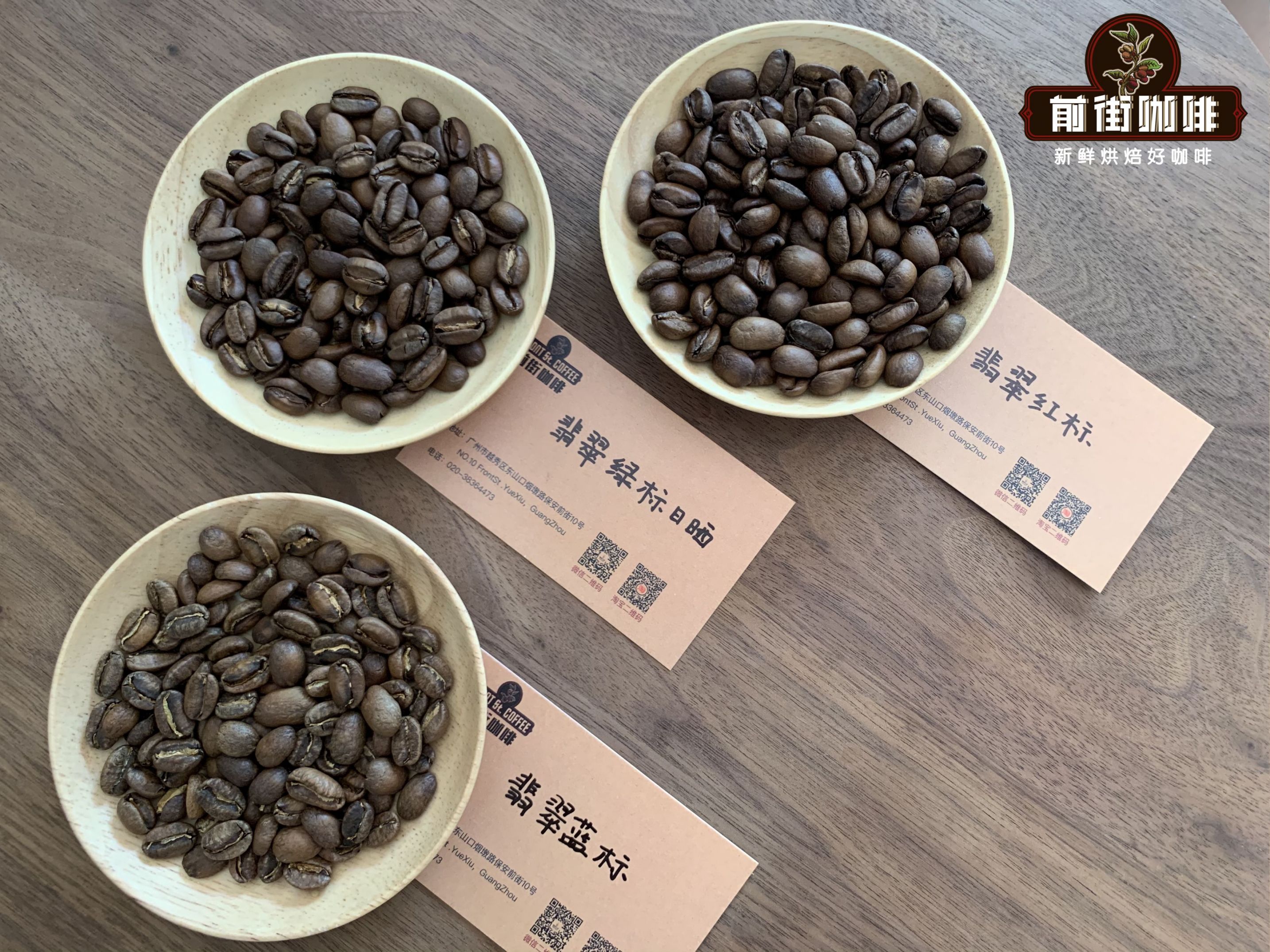
Rosa coffee varieties were introduced to Panama because of their low yield, and no one wanted to cultivate them, so some of them were planted in windbreaks to protect other coffee trees. It was not until 2003 that the son of the Panamanian emerald owner smelled a charming smell of flowers in a pile of processed coffee beans and found the beans from the windbreak forest. After verifying that this is a rose variety, it was distinguished separately in 2004 and won the championship in the BOP raw bean competition. As a result, Rosa Coffee became famous overnight and established the status of Jadeite Manor in the boutique coffee industry. The development of Huakui coffee beans and Huakui coffee beans are native to the Humbera producing area of Guji, located in the south-central part of Ethiopia, which is very different from the origin of Rosa, so they are not geographically related. When it comes to coffee varieties, Rosa itself is the name of a variety, beans are pointed at both ends, body length. While Huakui coffee bean is the name of a coffee bean, it is not a coffee variety, and its bean appearance is also composed of coffee beans of different sizes, worthy of the name of the local native species, that is, Ethiopia can not tell what it is. Chaos Ansai is a general term.

Strictly speaking, only coffee beans from Humbera's buku processing plant in 2017 can be called "Sakuran". The following year was named after Sakuran X.0 in chronological order. For example, the 2018 Sakuran coffee bean is called "Sakuran 2.0". Until this year, that is, 2021, the Sakuran coffee bean was called "Sakuran 5.0". Come to think of it, Sakuran is famous for its excellent flavor, especially the rich strawberry aroma. And the nature that is later called X.0 will not have exactly the same flavor as Sakuran at that time. So can we still find the flavor of Sakui coffee in 2017? In the batches from 2018 to 2019, Qianjie coffee found that its flavor was very close to that of the original Sakui, but its mellow thickness and afterrhyme were not as good as those of the original Sakui in 2017. But surprisingly, Qianjie can sometimes identify the same small-grain beans from these two batches of raw beans. There are some very small varieties of Sakui coffee beans in 2017, which is the main source of its aroma. Therefore, we would also call the Sakuran, which contains the old variety of Sakuran, Xiaogui. Since the beginning of 20 years, the processing plant has dealt with Xiao Grain Sakuran independently and sold it at the same time as Sakuran X.0 in the same year.
Qianjie Coffee Huakui 5.0 Coffee beans
Producing area: Gujimbela, Ethiopia
Processing plant: Buku Able
Altitude: 2350 m
Variety: native species
Treatment: insolation
Batch: new batch in 2021

Qianjie Coffee small Huakui Coffee beans
Producing area: Gujimbela, Ethiopia
Processing plant: Buku Able independent selection of small particles
Altitude: 2350 m
Variety: native species
Treatment: insolation
Batch: new batch in 2021
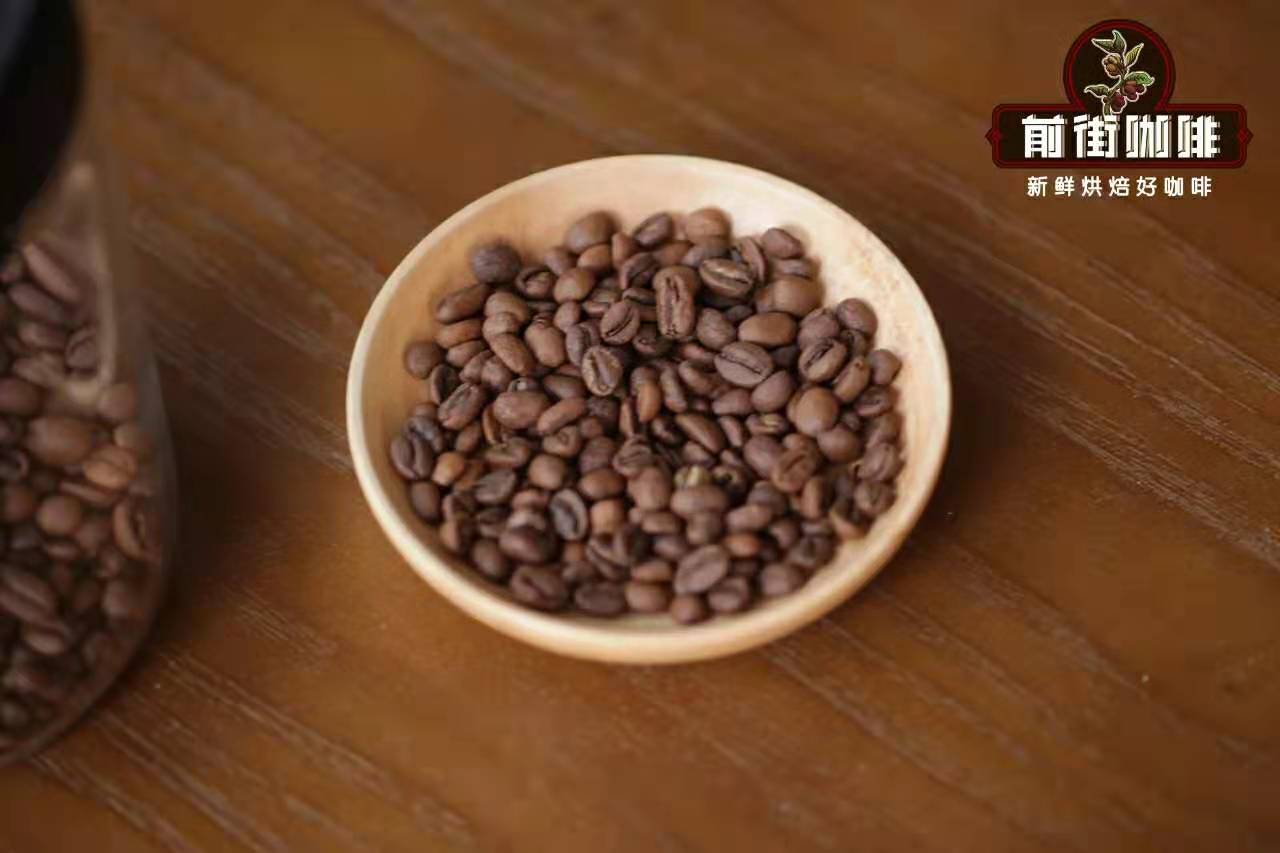
The comparison between Xiaogui coffee beans and Huakui 5.0 coffee beans first observed the comparison of raw beans and cooked beans of Xiaogui and Huakui 5.0. Both of them were coffee beans in the new season in 2021, and the granules of Xiaogui coffee beans were significantly smaller than those of Huakui 5.0. The proportion of small seed coffee beans was significantly higher than that of Huakui 5.0. Qianjie roasted after getting Sakuran 5.0 and compared it with small-grained Sakuran coffee. Through the cup test, Qianjie found that the small Huakui coffee beans have deeper and stronger strawberry aromas and berry sweetness, while the 21-year-old Huakui 5.0 coffee is more active and brighter sour.
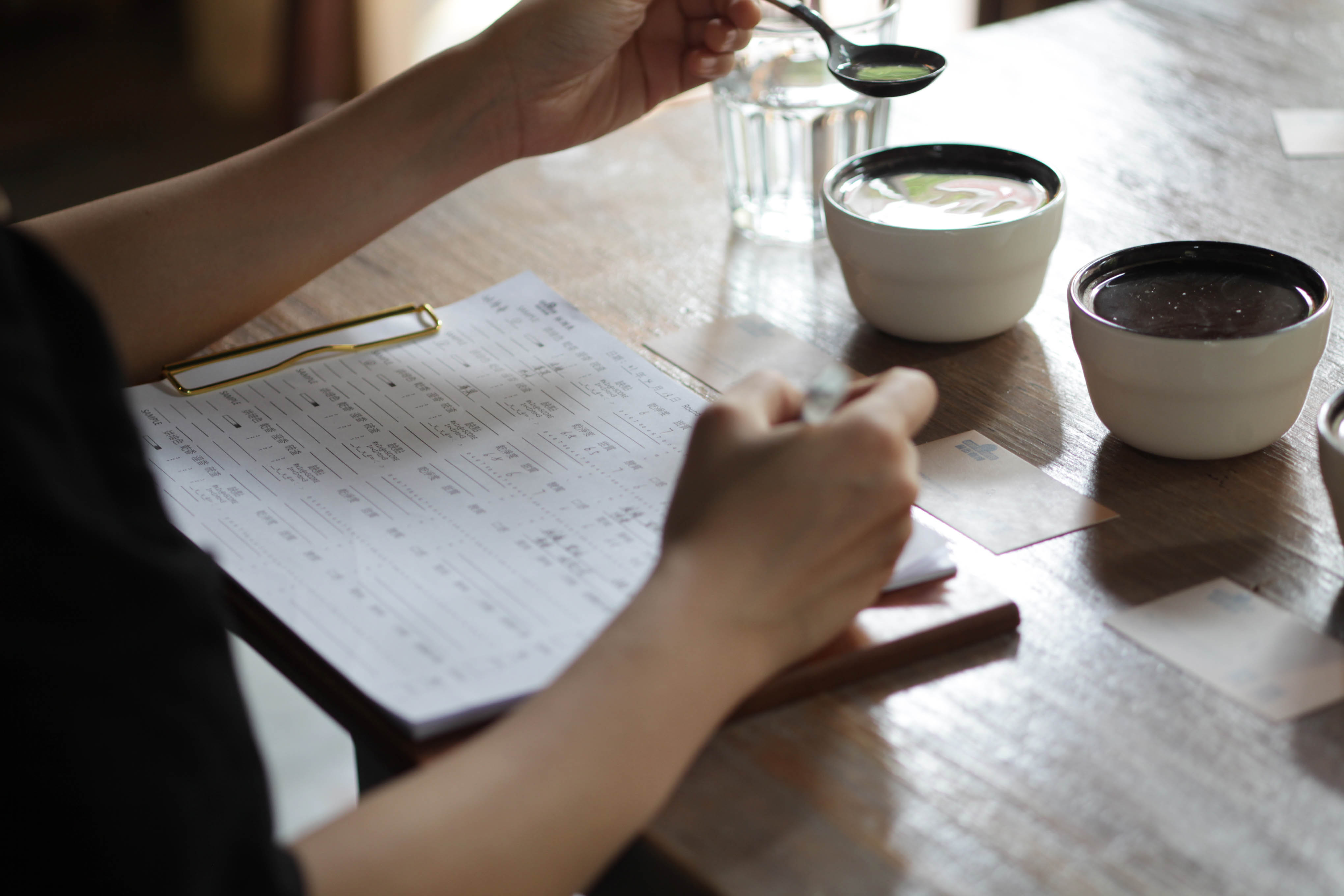
How does Huakui taste good?
Qianjie recommends the use of hand flushing to express this coffee bean, it is recommended to use V60 filter cup.
The name of the V60 filter cup comes from the cone-shaped design with a 60-degree angle, which guides the water to the center and prolongs the contact time between water and coffee. The bottom large aperture filter design allows you to control the flavor extraction time of coffee by changing the size of the water injection. In order to prevent the flow of water from passing through the coffee powder layer too quickly, Qianjie recommends medium fine grinding (the screening rate of China's No. 20 screen is 80%). In order to better reflect the full juice and rich fruit aroma of small Huakui coffee beans, the water temperature is recommended to be 91 degrees Celsius, and three-stage slow loop fine water injection can be used in cooking techniques.
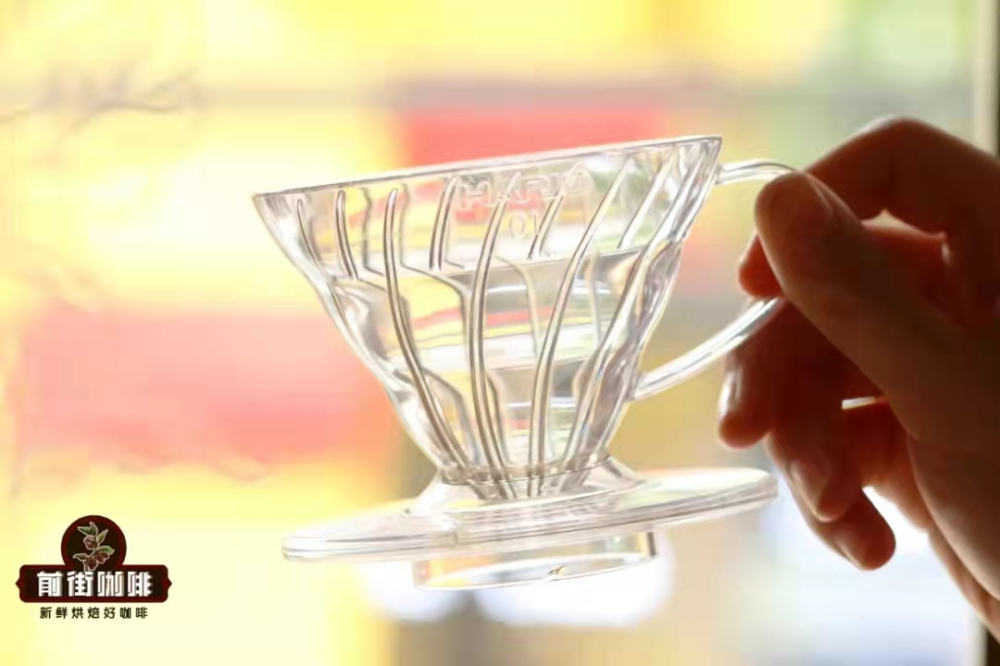
Qianjie recommends using freshly roasted coffee beans for brewing, so that you can maximize the rich flavor of the coffee. The coffee beans shipped in Qianjie are all roasted within 5 days, because Qianjie is well aware that the freshness of coffee beans has a great impact on the flavor. The purpose of Qianjie roasting is "freshly roasted coffee", so that every guest who places an order is the freshest coffee when he receives it. The bean cultivation period of coffee is about 4-7 days, so when the guest gets it, it is the time when the flavor is the best.
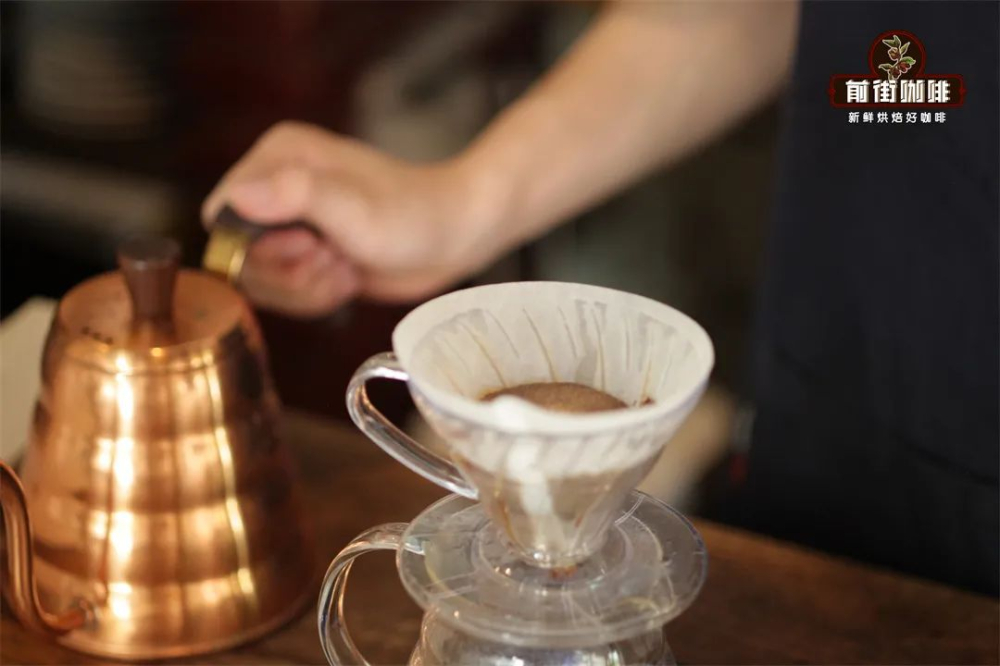
The amount of cooking powder is 15g and the ratio of powder to water is 1:15, that is, we need 15g coffee powder to inject 225g hot water for extraction. First, when using 30g, steam for 30 seconds, pour water in a circle from the middle to the outside and then return to the center in a circle of 4G per second and then return to the center in 4 seconds. Wait for the powder layer to drop to half of the powder layer and begin to inject water to 225g in the same way. After all the coffee liquid of the filter cup flows into the pot, remove the filter cup and end the extraction. The cooking time is 2 minutes and 10 seconds.
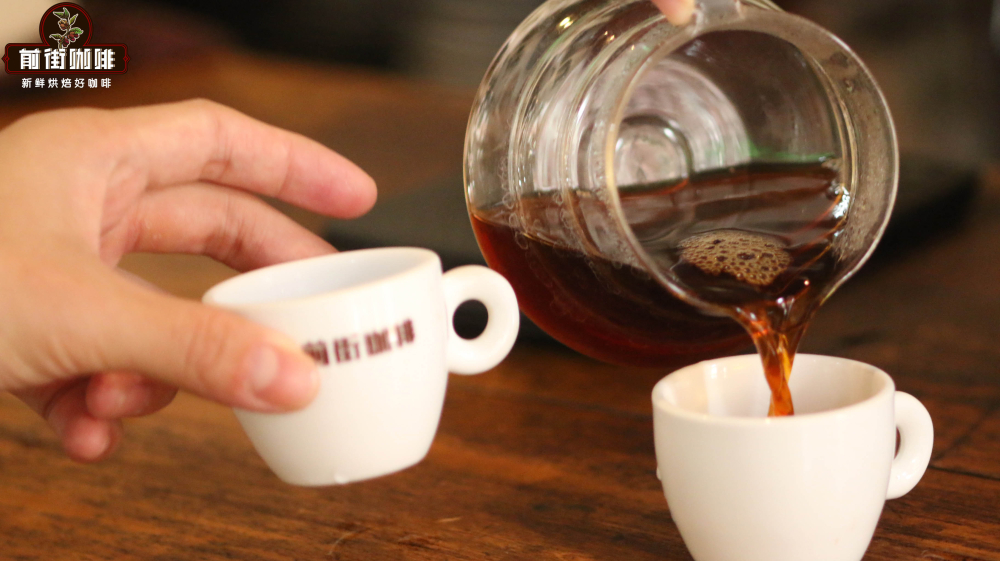
Professional coffee knowledge exchange more coffee bean information please follow the coffee workshop (Wechat official account cafe_style)
For more boutique coffee beans, please add private Qianjie coffee on Wechat. WeChat account: kaixinguoguo0925
Important Notice :
前街咖啡 FrontStreet Coffee has moved to new addredd:
FrontStreet Coffee Address: 315,Donghua East Road,GuangZhou
Tel:020 38364473
- Prev
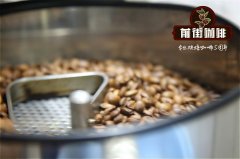
How do Ethiopian Guji Huakui coffee beans be roasted? What's special about Huakui coffee is that.
Professional coffee knowledge exchange more coffee bean information please follow the coffee workshop (Wechat official account cafe_style) Ethiopia-Gujimbera Bukubra sunburn, this string of mantra-like producing area identity card is really not so easy to remember, fortunately, DW Coffee Export PLC Export Company takes beans for the champion of the 2016 / 17 Ethiopian Coffee Harvest Cup Test Competition.
- Next
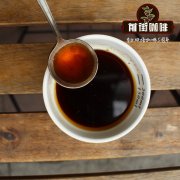
Appearance characteristics of honey treated coffee beans is honey treated coffee beans sweet? Classification of coffee beans by honey treatment
Professional coffee knowledge exchange more information about coffee beans Please follow the appearance of coffee beans treated with honey in the coffee workshop (Wechat official account cafe_style). Is coffee bean sweet when treated with honey? What are the categories of honey-treated coffee beans? Why is it called honey treatment? There are three main ways to treat coffee: sun exposure, water washing and honey treatment. The method of tanning is before removing the shell and pectin layer.
Related
- Detailed explanation of Jadeite planting Land in Panamanian Jadeite Manor introduction to the grading system of Jadeite competitive bidding, Red bid, Green bid and Rose Summer
- Story of Coffee planting in Brenka region of Costa Rica Stonehenge Manor anaerobic heavy honey treatment of flavor mouth
- What's on the barrel of Blue Mountain Coffee beans?
- Can American coffee also pull flowers? How to use hot American style to pull out a good-looking pattern?
- Can you make a cold extract with coffee beans? What is the right proportion for cold-extracted coffee formula?
- Indonesian PWN Gold Mandrine Coffee Origin Features Flavor How to Chong? Mandolin coffee is American.
- A brief introduction to the flavor characteristics of Brazilian yellow bourbon coffee beans
- What is the effect of different water quality on the flavor of cold-extracted coffee? What kind of water is best for brewing coffee?
- Why do you think of Rose Summer whenever you mention Panamanian coffee?
- Introduction to the characteristics of authentic blue mountain coffee bean producing areas? What is the CIB Coffee Authority in Jamaica?

